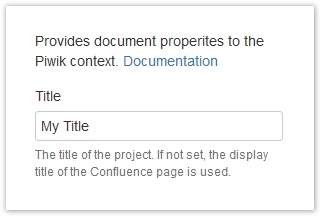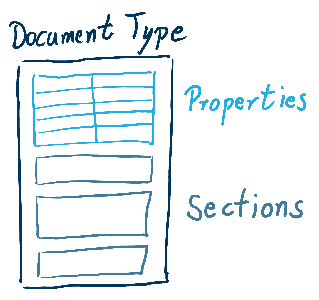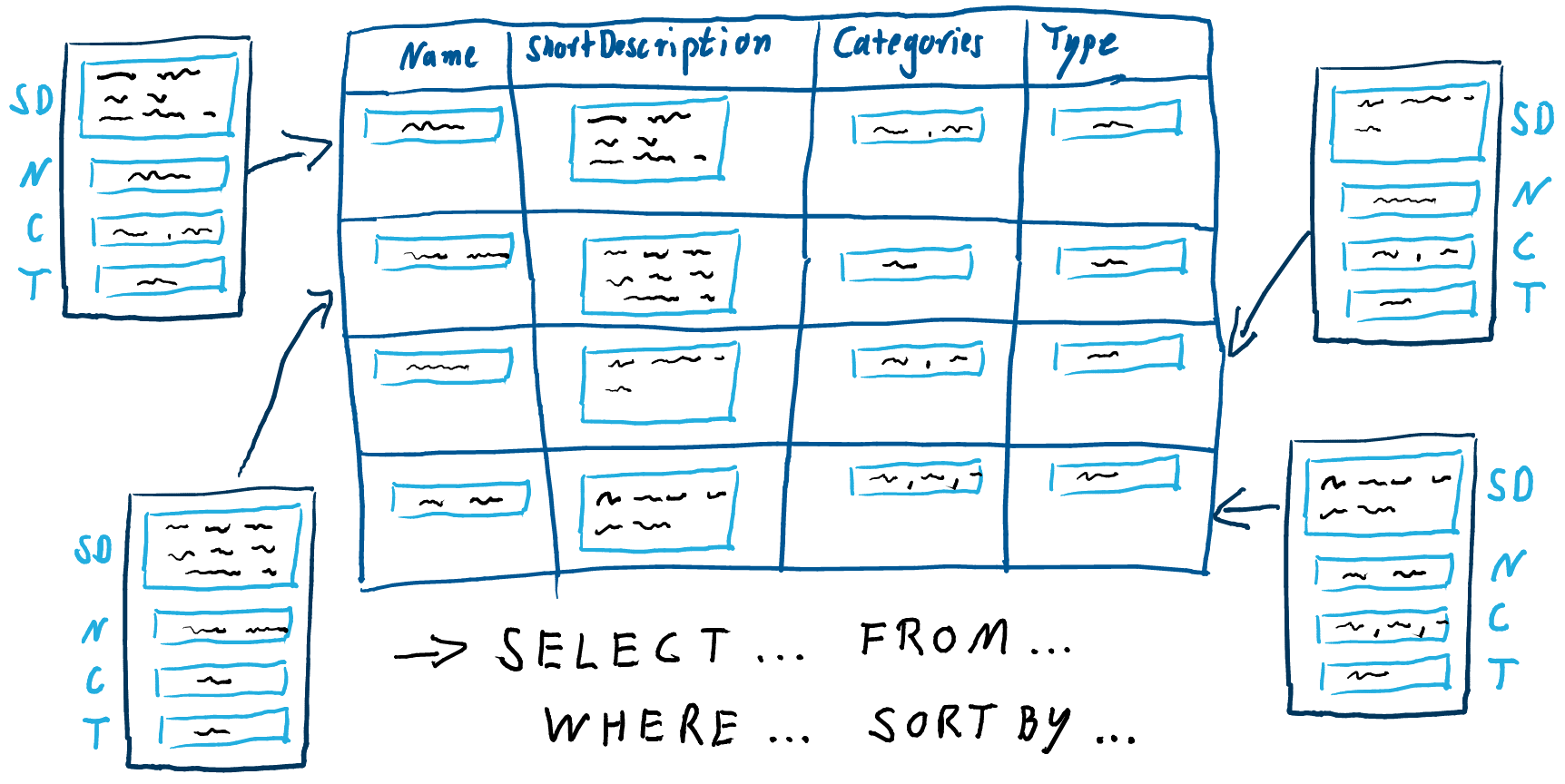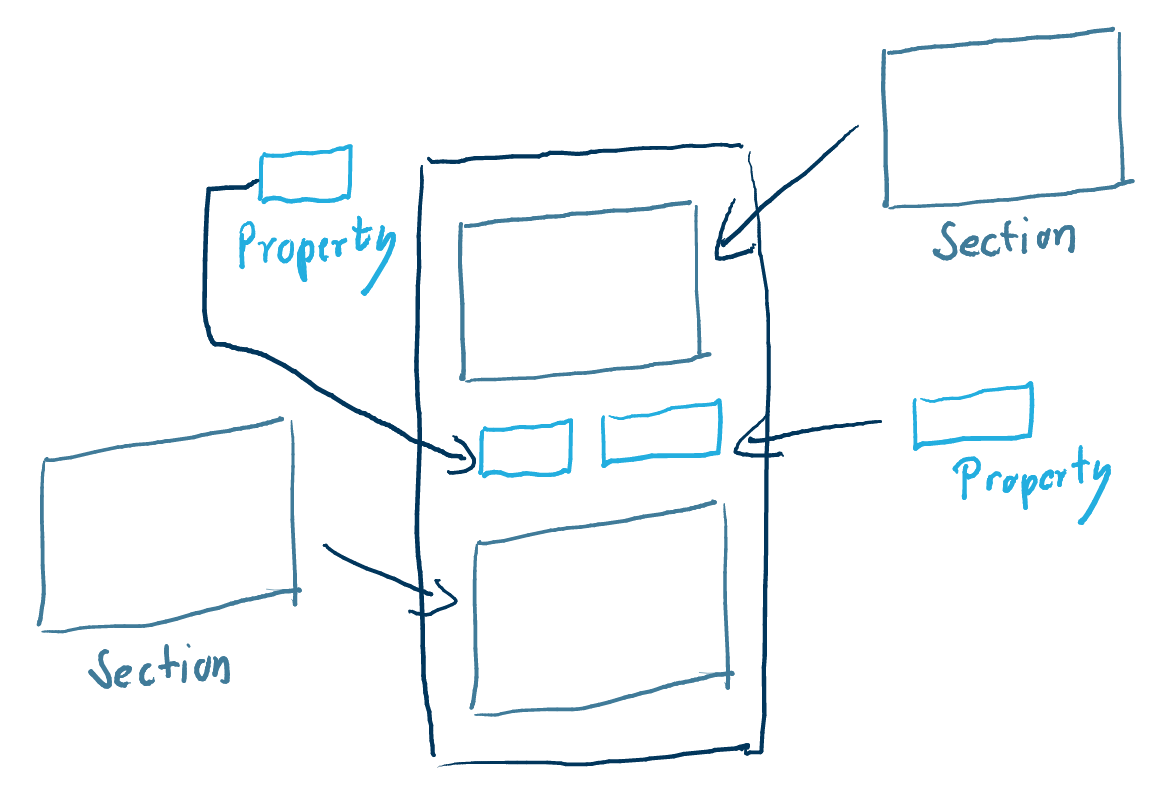Today the smartics Integration for Piwiki has been released as an add-on for Confluence! The add-on is available on the Atlassian Marketplace for free.
Piwik is the leading open-source analytics platform that gives you more than just powerful analytics. Confluence is your platform where work becomes teamwork. This add-on makes integrating calls to the Piwik API from your Confluence pages much easier!
Instead of adding HTML and JavaScript code to a page, simply add a macro and provide the API call information.
Currently integration to Piwik is supported by the following macros:
- Document Properties
- Provide document properties to the Piwik context.
- Set Multiple Custom Variables
- Provide a set of custom variables to the Piwik context.
- Set One Custom Variable
- Provide a single custom variable to the Piwik context.
Please visit the homepage of the add-on for instructions on integrating Piwik into your Confluence instance!
Lost in wiki space? Blank-Wikipage-Syndrome?
Where to add? How to find? No fun anymore?
Today we added an introduction to projectdoc in four steps.
We already had an introduction to projectdoc to introduce projectdoc in brief to potential customers. The new introduction focuses on new users and especially gives more detailed information on the projectdoc basics to get started.
Please refer to The projectdoc Toolbox for Atlassian Confluence for more information on projectdoc!
Or watch this introduction video on YouTube!
Please not that this video has sounds on, just in case you are in your office!
Step through this presentation at you own pace: Prezi presentation.
Lost in wiki space? Blank-Wikipage-Syndrome? Where to add? How to find? No fun anymore?
projectdoc teaser
Our claim is that projectdoc enhances your documentation experience as a team. projectdoc is based on projectdoc documents. A projectdoc document is a Confluence page using document properties and sections. This is contrary to starting every page with the Confluence blank page, which seems fast and easy.
You now may wonder –
Does this additional effort actually pay off?
We say –
YES!
Let's check our arguments ... (TL;DR)










